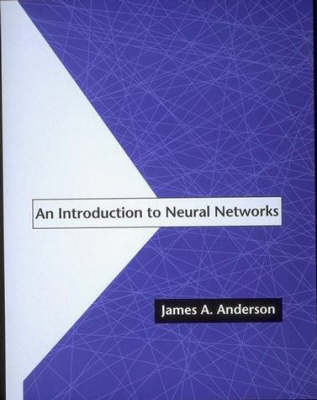A Bradford Book
2 total works
In bringing together seminal articles on the foundations of research, the first volume of "Neurocomputing has become an established guide to the background of concepts employed in this burgeoning field. "Neurocomputing 2 collects thirty-nine articles covering network architecture, neurobiological computation, statistics and pattern classification, and problems and applications, that suggest important directions for the evolution of neurocomputing. Many of the most valuable practical ideas for neurocomputing in the 1990s may well come from work in neurobiology and computational neuroscience. The articles in this section discuss central issues in neuroscience as well as information-processing strategies for handling computation in the mammalian nervous system. Although neural networks are useful models to explain many aspects of the function of brain and mind, they have intrinsic difficulties. These are underscored in articles by Minsky and Papert, who conclude that much current work has not answered the twenty-year-old criticisms in "Perceptrons, and by Fodor and Pylyshyn, who argue that there are aspects of human cognition that cannot be explained by simple associations. The book-concludes with interesting, diverse applications of neural networks - in digit recognition, speech recognition, object motion, arithmetic teaming, and in formal techniques for predicting the behavior of the stock market, and for predicting secondary protein structure. James A. Anderson is Professor in the Department of Cognitive and Linguistic Sciences at Brown University. Andras Pellionicz is a Research Associate Professor in the Department of Physiology and Biophysics at New York University Medical Center.Edward Rosenfeld in editor and publisher of the newsletters "Intelligence - The Future of Computing and "Medical Intelligence.
An Introduction to Neural Networks falls into a new ecological niche for texts. Based on notes that have been class-tested for more than a decade, it is aimed at cognitive science and neuroscience students who need to understand brain function in terms of computational modeling, and at engineers who want to go beyond formal algorithms to applications and computing strategies. It is the only current text to approach networks from a broad neuroscience and cognitive science perspective, with an emphasis on the biology and psychology behind the assumptions of the models, as well as on what the models might be used for. It describes the mathematical and computational tools needed and provides an account of the author's own ideas.Students learn how to teach arithmetic to a neural network and get a short course on linear associative memory and adaptive maps. They are introduced to the author's brain-state-in-a-box (BSB) model and are provided with some of the neurobiological background necessary for a firm grasp of the general subject.The field now known as neural networks has split in recent years into two major groups, mirrored in the texts that are currently available: the engineers who are primarily interested in practical applications of the new adaptive, parallel computing technology, and the cognitive scientists and neuroscientists who are interested in scientific applications.
As the gap between these two groups widens, Anderson notes that the academics have tended to drift off into irrelevant, often excessively abstract research while the engineers have lost contact with the source of ideas in the field. Neuroscience, he points out, provides a rich and valuable source of ideas about data representation and setting up the data representation is the major part of neural network programming. Both cognitive science and neuroscience give insights into how this can be done effectively: cognitive science suggests what to compute and neuroscience suggests how to compute it.
As the gap between these two groups widens, Anderson notes that the academics have tended to drift off into irrelevant, often excessively abstract research while the engineers have lost contact with the source of ideas in the field. Neuroscience, he points out, provides a rich and valuable source of ideas about data representation and setting up the data representation is the major part of neural network programming. Both cognitive science and neuroscience give insights into how this can be done effectively: cognitive science suggests what to compute and neuroscience suggests how to compute it.

